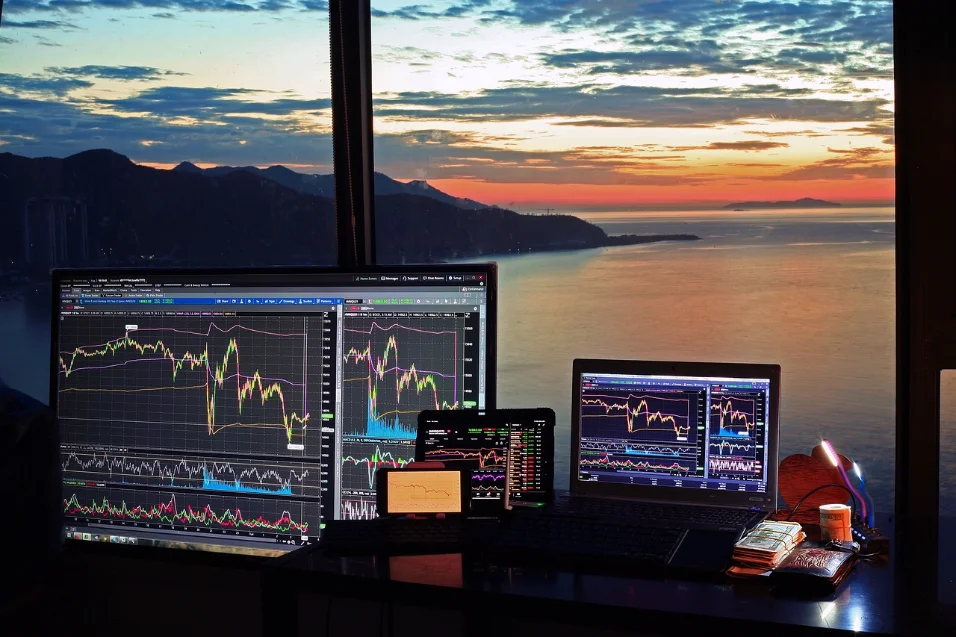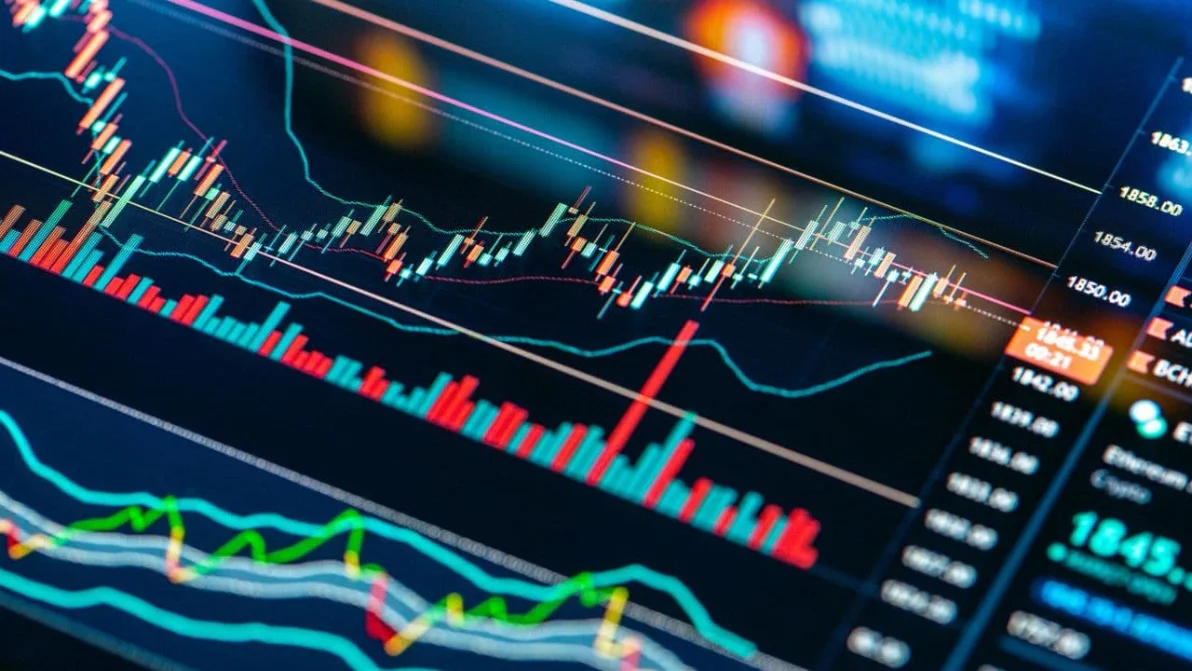Today, the stock market is starting on a positive note after a tough month for U.S. markets. The S&P 500’s futures are up by 0.4%, and the Dow Jones Industrial Average has gained 0.3%.
In September, the S&P 500 has seen a significant decline of 5.2%, making it the worst month of the year so far. This drop is largely due to the Federal Reserve’s decision to maintain high-interest rates for a longer period than expected. This has led to bond yields, which are returns on investments in government bonds, rising to their highest levels in over a decade. As a result, investors have been shifting away from stocks and other investments.
However, there is a bit of relief today as bond yields have slightly decreased. The yield on the 10-year Treasury, a key benchmark, dropped from 4.55% to 4.50% overnight. It’s worth noting that this yield is near its highest level since 2007 and has risen significantly from around 3.50% in May and 0.50% three years ago.
Additionally, the yield on the 2-year Treasury has also fallen slightly, going from 5.14% to 5.06% this Wednesday morning.
In addition to high interest rates, there are several other concerns weighing on Wall Street. One pressing issue is the looming threat of another U.S. government shutdown. There’s a potential deadlock in Capitol Hill that could lead to a shutdown, which would mean that federal services across the country could come to a halt as early as this weekend.
If a shutdown happens, it would result in many federal employees being placed on unpaid leave, the military not receiving their pay, disruptions in air travel, and a halt to crucial safety net services.
On top of this, Wall Street is dealing with rising oil prices, uncertain economic conditions worldwide, a strike by U.S. auto workers that might push inflation even higher, and the resumption of U.S. student loan repayments, which could reduce household spending.
All of these factors are contributing to a sense of unease and volatility in the financial markets, as pointed out by Stephen Innes of SPI Asset Management.
Meanwhile, in Europe, the German DAX is slightly up by 0.1%, the CAC 40 in Paris has risen by 0.2%, and the FTSE 100 in London has dipped by 0.1% around midday.
In the Asian stock markets, the Nikkei 225 in Tokyo managed to bounce back from its earlier losses, gaining 0.3% and reaching 32,371.90. Hong Kong’s Hang Seng also saw an uptick, rising by 0.7% to 17,592.54, while the Shanghai Composite index in China increased by 0.2% to 3,107.32.
However, concerns still lingered regarding the troubled Chinese real estate developer, Evergrande, which is grappling with a massive debt problem. This crisis in the property market is not only affecting China’s economic growth but is also causing concerns about financial instability.
There was a sharp 19% drop in Evergrande’s shares traded in Hong Kong, possibly triggered by an unconfirmed report from Bloomberg suggesting that Chinese authorities have placed the company’s founder, Hui Ka Yan, under residential surveillance. Additionally, shares in another financially burdened developer, Country Garden Holdings, were down 3.3%.
Meanwhile, Australia’s S&P/ASX 200 experienced a slight decline of 0.3% to 7,030.30, and in Seoul, the Kospi index edged up by 0.1% to 2,465.07.
The cost of crude oil went up, which is causing concerns about inflation. Early on Wednesday, the price of a barrel of the standard U.S. crude oil increased by nearly 2%, coming close to $92. On Tuesday, it had already risen by 71 cents to reach $90.39.
As for Brent crude, which is the international reference for oil prices, it rose by $1.06, reaching $93.49 per barrel.
The U.S. dollar also saw a slight increase, going from 149.03 yen to 149.15 yen against the Japanese yen. On the other hand, the euro weakened, dropping from $1.0573 to $1.0541.
In Tuesday’s trading, the S&P 500 had a tough day, with a 1.5% drop, marking its fifth decline in the past six days. The Dow Jones Industrial Average also fell by 1.1%, and the Nasdaq composite lost 1.6%.





